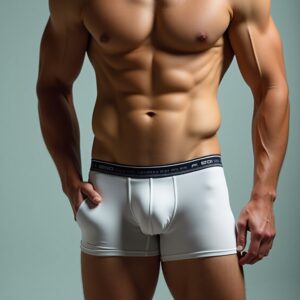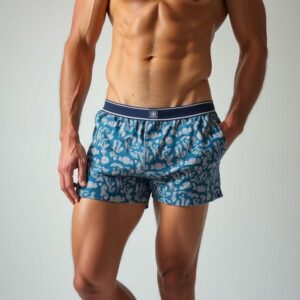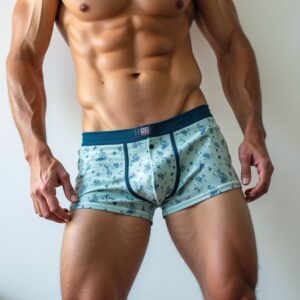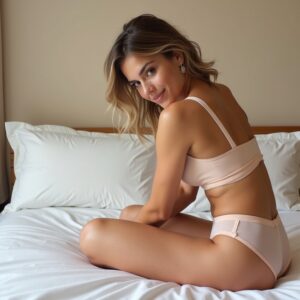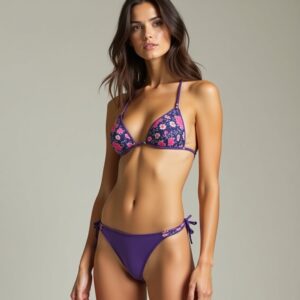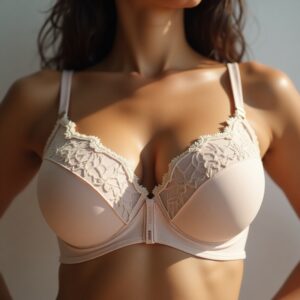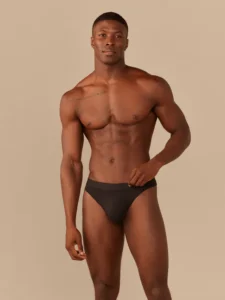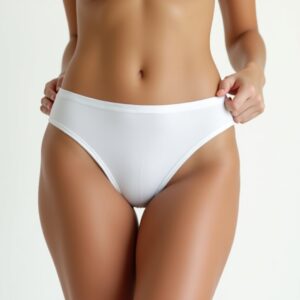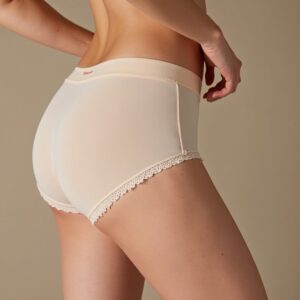Underwear That Feels Like A Second Skin, We Deliver Value, Design, Comfort, Security, And Promise.
-
Make It Easy For Clients In The World To Launch And Grow Their Business, High-Quality Products, And Hassle-Free Support.
-
Eager To Be A Private Label In Chinese Fashion Field.
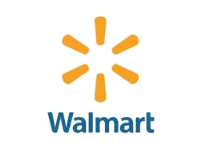
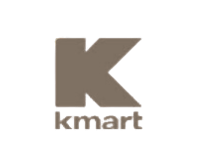
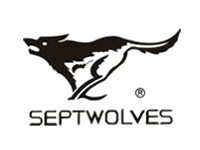



How your underwear was meant to be.
Design
Create innovative, comfortable, and visually appealing underwear designs that align with our brand identity, cater to our target audience, and stand out in the competitive lingerie/intimates market.
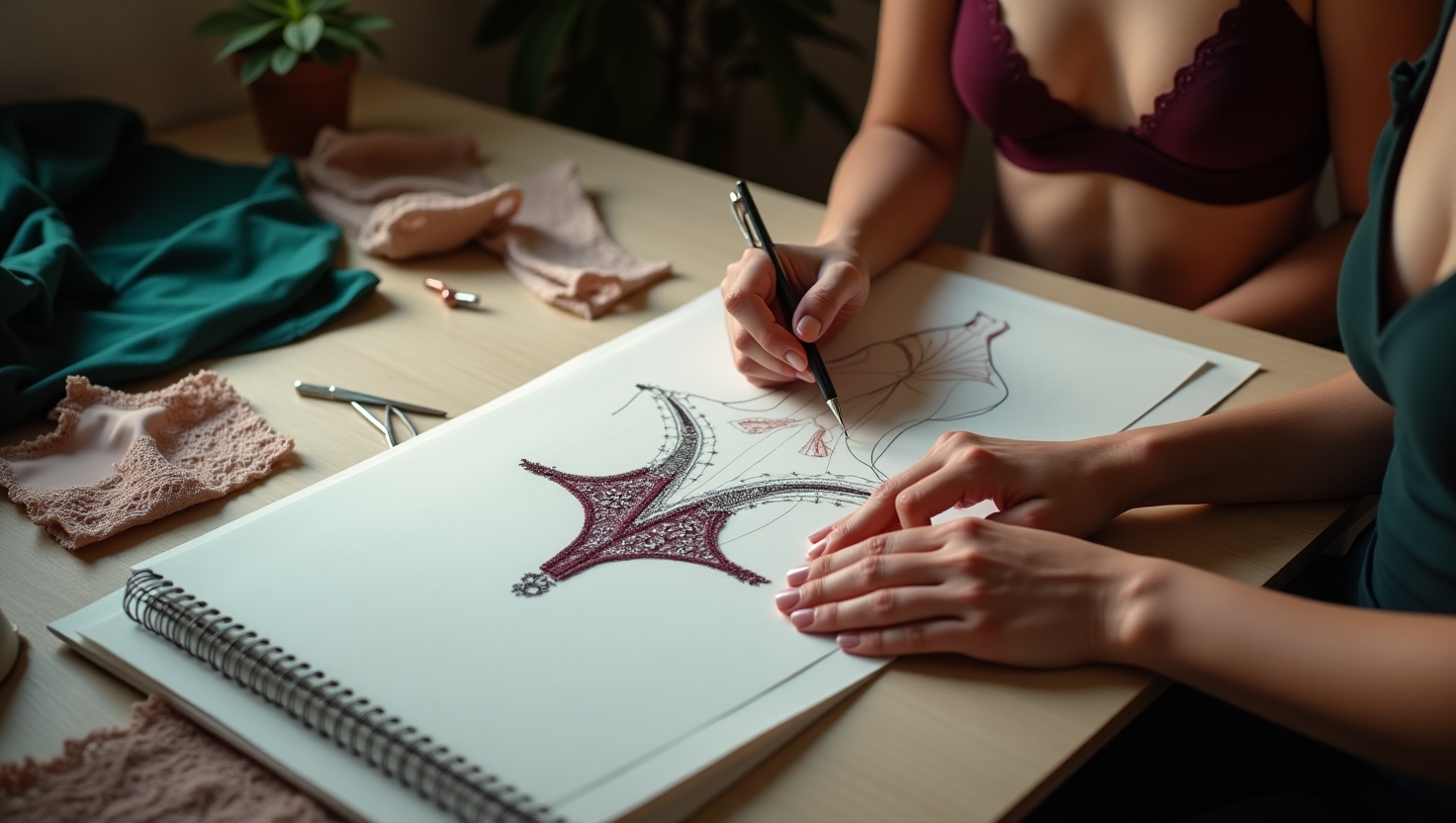
Development
Develop high-quality, functional, and market-ready underwear products that align with brand values (e.g., comfort, sustainability, inclusivity) while ensuring cost-efficiency, scalability, and compliance with industry standards.
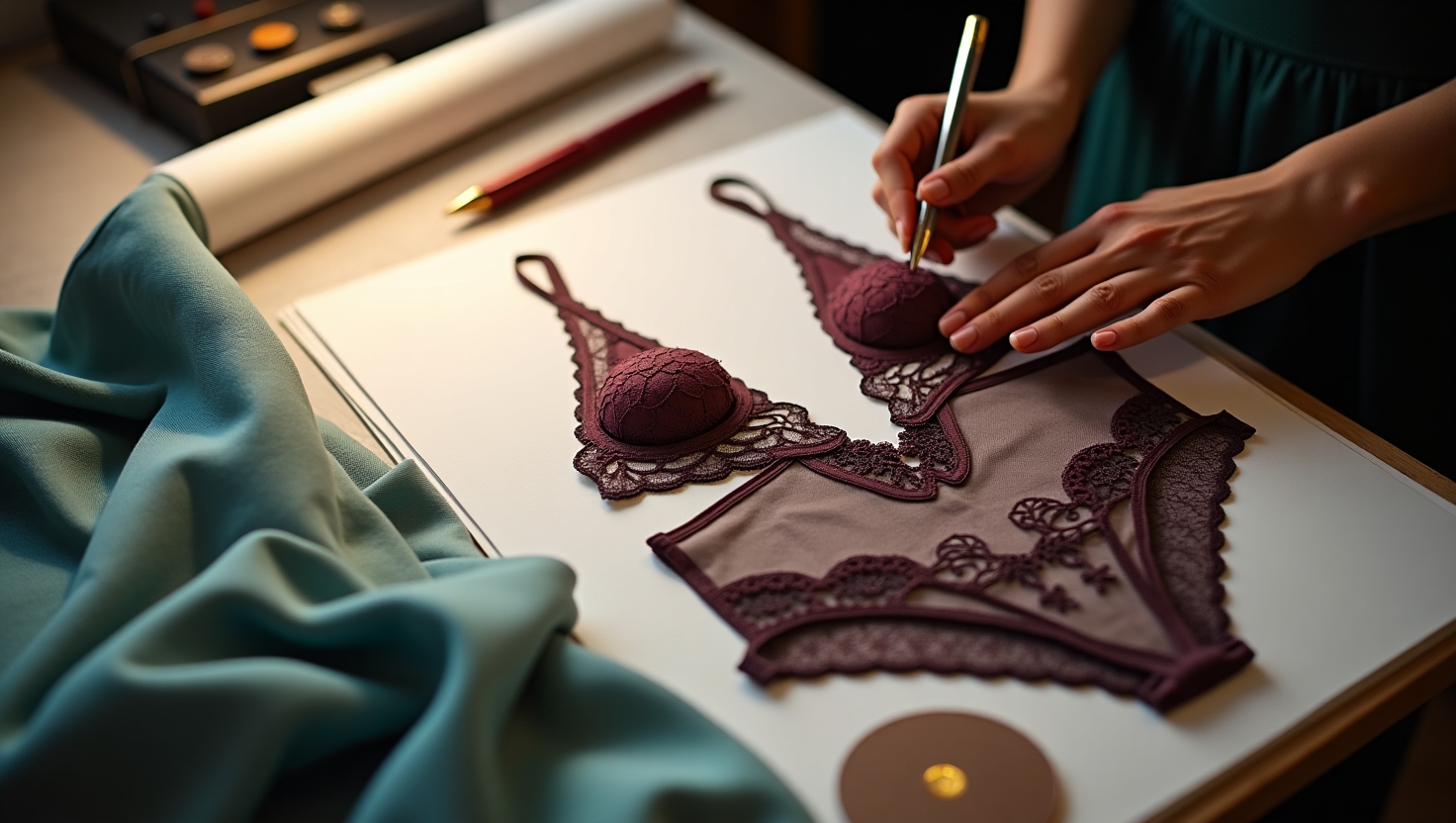
Manufacture
Establish a streamlined, ethical, and cost-effective manufacturing process to produce high-quality underwear that meets brand standards for comfort, sustainability, and design integrity. Ensure scalability, timely delivery.

After-service
Establish a seamless, customer-centric after-service strategy that enhances brand loyalty, resolves post-purchase concerns efficiently, and reinforces our commitment to quality, sustainability, and customer satisfaction.

Products Line-up.

Boxer Briefs.
Step into boxer briefs that blend cutting-edge fabric technology with sleek, body-hugging design. Crafted with ultra-soft, moisture-wicking materials, these briefs keep you cool, dry, and supported—whether crushing workouts, conquering meetings, or lounging in style.

Boxers.

Briefs.

Trunks.

Lingerie.

Bras.

Swimwear.

Shorts.

Thongs.

Hipsters.

Period Panties.
Perfect Things Come From These.
- Design and Pattern Creation
- Fabric and Material Selection
- Fabric Cutting
- Sewing and Assembly
- Embellishments and Branding
- Finishing and Trimming
- Quality Control Inspection
- Packaging
Design And Pattern Creation
1. Design Phase
Research: Target users, trends (fabrics/colors), functional needs.
Sketching: Digital/hand-drawn drafts with key structures (cups, straps, closures).
Tech Pack: Size charts, stitch types, material specs, tolerances.
2. Pattern Development
Base Pattern: Body data → panel segmentation (cups, bands).
Methods: Flat/digital drafting (CAD), draping for complex shapes.
Testing: Mock-up fittings → adjust cup fit, strap tension, band stability.
Grading: Scale patterns across sizes; reinforce plus-size panels.

Fabric & Material Selection
Functional Requirements: Determine stretch, breathability, durability, and softness based on garment type (e.g., bras, briefs).
Fabric Types: Prioritize knits (lace, mesh, micromodal) for comfort; elastics (spandex, Lycra®) for support.
Stretch Testing: Ensure 15-30% elasticity for fit retention; verify recovery post-wash.
Comfort Factors: Opt for moisture-wicking, hypoallergenic, and OEKO-TEX® certified fabrics.
Color & Print: Use dye-sub techniques for fade resistance; test colorfastness.
Lining/Trim: Match lining (cotton, bamboo) to skin contact zones; select non-irritating seams/elastic.
Quality Control: Validate shrinkage (<3%), pilling resistance, and wash durability via pre-production testing.

Fabric Cutting Process
Pattern Alignment: Precisely position fabric layers with digital or manual pattern templates.
Layering: Stack fabric evenly to minimize distortion; secure with weights or adhesive.
Cutting: Use sharp rotary blades or laser-guided cutters for accuracy, ensuring clean edges on delicate materials (lace, stretch fabrics).
Notching/Marking: Add small cuts or chalk marks for seam alignment and component matching.
Quality Check: Inspect cut pieces for consistency, flaws, and pattern accuracy.
Sorting: Group cut pieces by size/style for efficient assembly.

Sewing & Assembly Process
Cutting Prep: Precisely align fabric layers; die-cut components (cups, bands, straps).
Seam Construction: Join panels with flatlock/overlock stitches for stretch durability.
Elastic Application: Attach elastic edging using coverstitch/zigzag machines under tension.
Cup Shaping: Sew foam/molded cups into shells; secure with reinforcement stitching.
Closure Integration: Set hooks/eyes or rings/sliders into back bands via bartack reinforcement.
Trim Finishing: Add lace, ribbons, or labels with precision straight stitches.
QC Check: Inspect seam integrity, symmetry, and elastic tension; pressure-test closures.

Embellishments & Branding
Design Mapping – Align embellishments with technical sketches.
Pre-Treatment – Steam/clean fabric for adhesion.
Application
Sew lace/embroidery; heat-transfer rhinestones/foil; print patterns (sublimation/screen).
Labels & Logos
Stitch woven tags into seams; laser-cut care labels.
Apply logos via embroidery, laser etching, or silicone prints.
QC Checks – Stitch density, adhesion peel tests, colorfastness.
Regulatory Compliance – OEKO-TEX®, regional labeling laws.

Finishing and Trimming
Finishing:
Inspect seams, edges, and closures for defects.
Secure loose threads and trim excess fabric.
Press or steam garments to ensure smoothness and shape retention.
Attach labels, tags, or care instructions.
Trimming:
Apply decorative elements (lace, ribbons, bows) using precise stitching.
Reinforce stress points (straps, hooks) for durability.
Final quality check for consistency and compliance with specifications.

Quality Control Inspection
Material Inspection: Verify fabric quality, color consistency, and elasticity.
Stitching Integrity: Check seam strength, uniformity, and absence of loose threads.
Dimensional Accuracy: Confirm measurements (e.g., band, cup, waist) match specifications.
Functionality Test: Ensure hooks, straps, and closures operate smoothly.
Aesthetic Review: Inspect for stains, print alignment, and fabric defects.
Safety Compliance: Test for harmful substances (e.g., AZO dyes, pH levels).
Packaging Check: Validate labeling, hygiene, and correct size tagging.
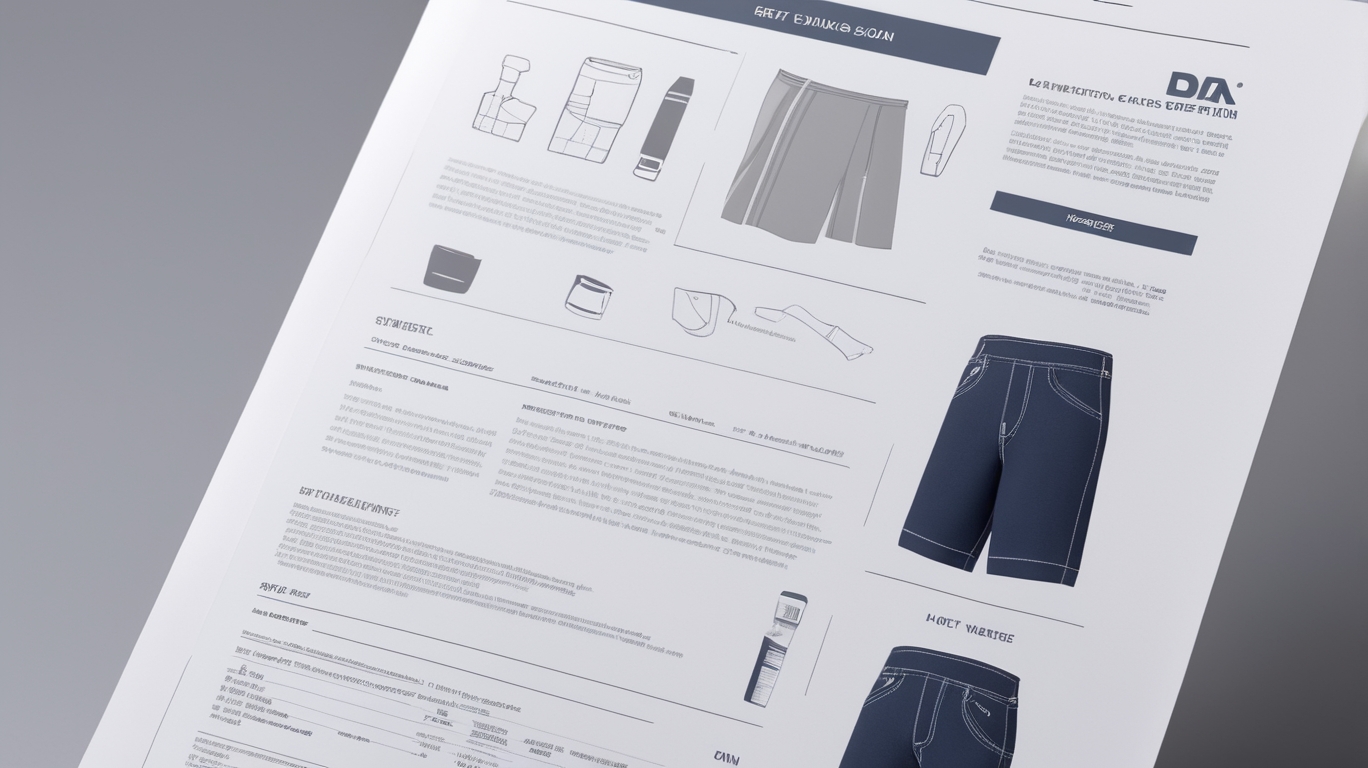
Packaging Process
Quality Check: Inspect for defects, stitching accuracy, and fabric integrity.
Folding: Neatly fold garments to standard size, ensuring symmetry.
Bagging: Seal in polybags with desiccant (if required) for moisture protection.
Labeling: Attach SKU tags, size labels, care instructions, and compliance info.
Boxing: Arrange packed units in cartons, add layer padding, and seal with inventory details.
Storage/Shipping: Palletize boxes, document batches, and prepare for distribution.

Don’t Take Our Words For It.
"Finally found underwear that keeps up with my workouts! The breathable fabric and seamless design mean zero chafing, even during marathon gym sessions. Nice Underpants is a game-changer!"
Luka L.Fitness Trainer
"Finally, lingerie that’s designed for men! The silk chemise I bought for our anniversary was a hit. It’s soft, luxurious, and made me feel incredible. Thank you for prioritizing confidence for all genders!"
Mike S.Event Planner
"The bamboo collection is next-level. Eco-friendly, buttery soft, and perfect for sensitive skin. My daily wear just got a major upgrade."
Silvia S.Nurse
"The bamboo collection is next-level. Eco-friendly, buttery soft, and perfect for sensitive skin. My daily wear just got a major upgrade."
Lesley T.Graphic Designer
Frequently Asked Questions.
What is the minimum order quantity (MOQ)?
MOQ starts at 500 pieces per style/size, with flexibility for bulk orders. Custom designs may require higher thresholds.
Do you offer private label/OEM/ODM services?
Yes. We provide end-to-end private labeling, OEM production, and ODM design solutions, including branding, packaging, and custom specifications.
What payment terms are accepted?
We accept T/T, LC, and PayPal. Deposit: 30% upfront, 70% before shipment. Negotiable for long-term partners.
How long does production and delivery take?
Production: 25-40 days (depending on order size). Delivery: 7-15 days via air/sea freight. Expedited options available.
Can you provide certifications (e.g., OEKO-TEX, ISO)?
Yes. All products comply with OEKO-TEX Standard 100, ISO 9001, BSCI, and REACH. Certificates are available upon request.
Are samples available for quality evaluation?
Yes. Pre-production samples are free (1-2 units, customer covers shipping). Bulk-order samples charged at cost.
What materials are used in your products?
Premium cotton, modal, microfiber, and lace. Eco-friendly options (e.g., recycled polyester, organic cotton) available.
Do you support custom sizing or design modifications?
Yes. We offer custom sizing charts, fabric choices, and design adjustments. Tech packs or prototypes required for approval.
What packaging options are available?
Polybags, hangtags, branded boxes, or eco-friendly packaging (biodegradable/compostable materials). MOQ applies.
What are your sustainability practices?
Ethical factories, eco-certified fabrics, water-saving dyeing processes, and carbon-neutral shipping options.
How do you ensure product compliance with international standards?
In-house QC team and third-party labs test for safety, durability, and regulatory compliance (e.g., CPSIA, EN 14682).



